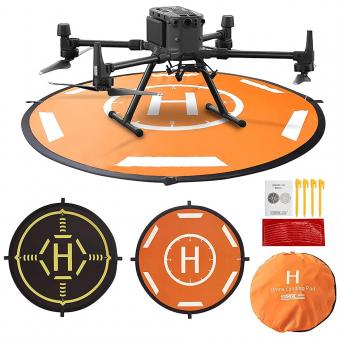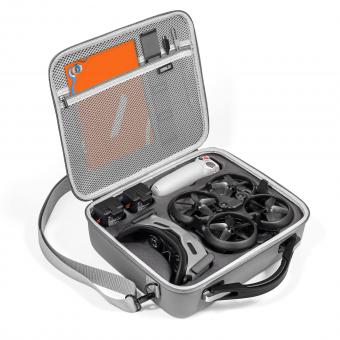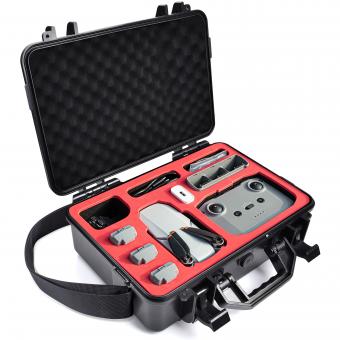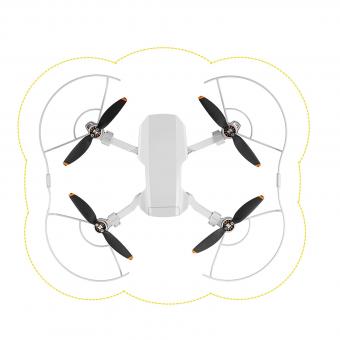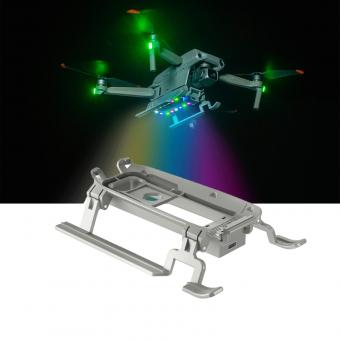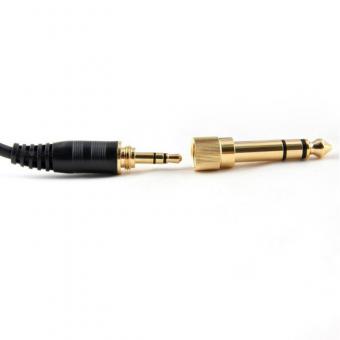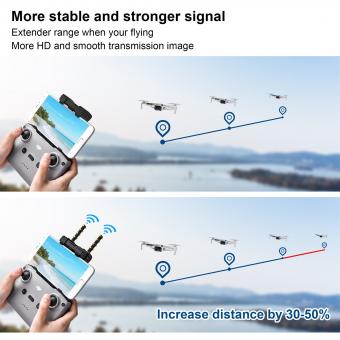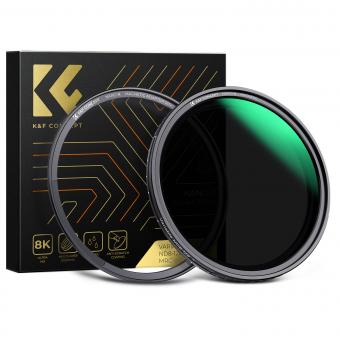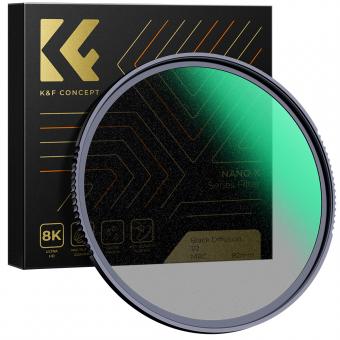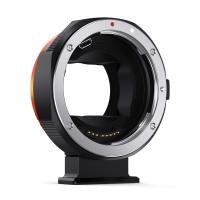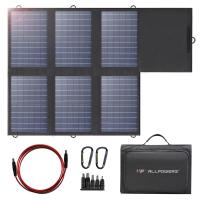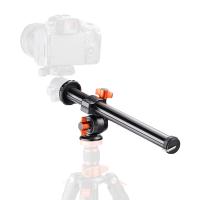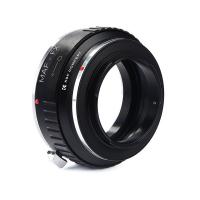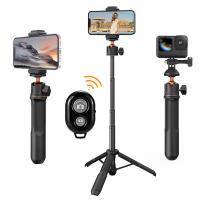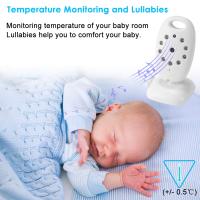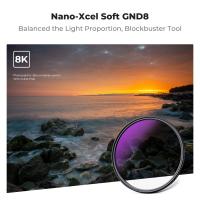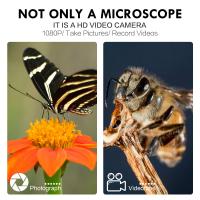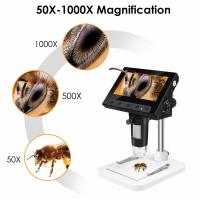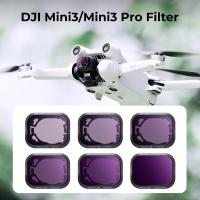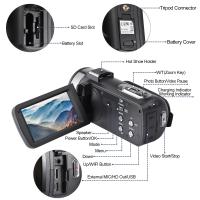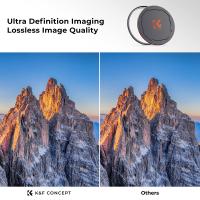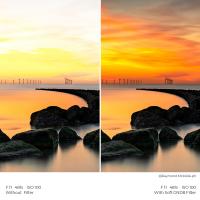Which Nd Filter To Use Drone ?
The ND filter to use on a drone depends on the lighting conditions and the desired effect. ND filters reduce the amount of light entering the camera lens, allowing for longer exposure times and wider apertures. This can result in smoother, more cinematic footage with less motion blur.
For bright, sunny conditions, a higher ND filter such as ND16 or ND32 may be necessary to prevent overexposure. In lower light conditions, a lower ND filter such as ND4 or ND8 may be sufficient to achieve the desired effect.
It is important to choose a high-quality ND filter that is specifically designed for use with your drone's camera to ensure optimal image quality and avoid any unwanted artifacts or distortion.
1、 ND filter basics for drones
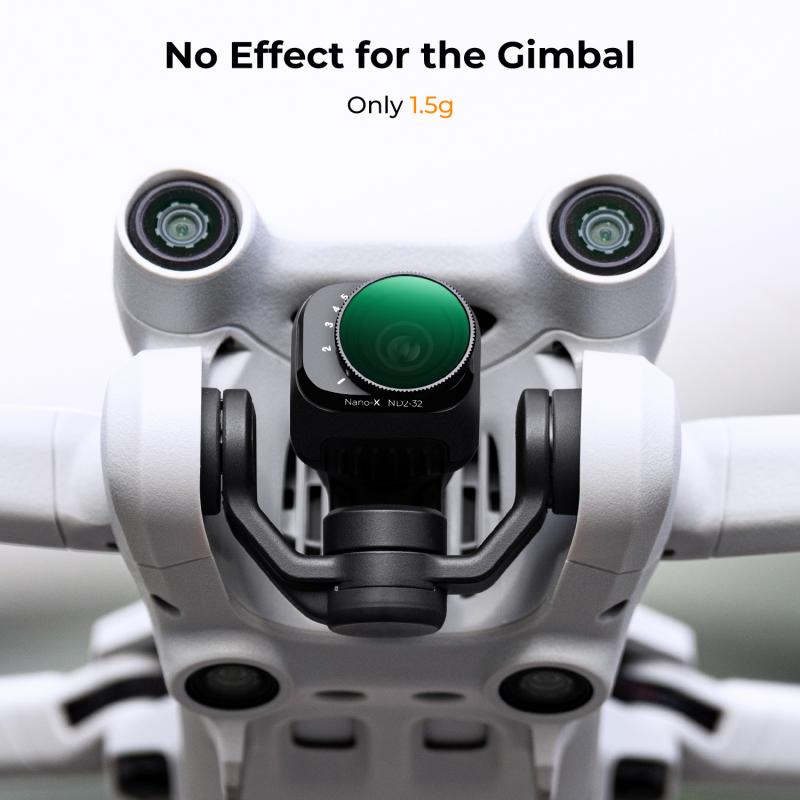
ND filters are essential accessories for drone photography and videography. They help to reduce the amount of light entering the camera lens, allowing you to capture better quality images and videos. ND filters come in different strengths, and the one you choose will depend on the lighting conditions and the effect you want to achieve.
The most common ND filters for drones are ND4, ND8, and ND16. ND4 reduces the light by two stops, ND8 by three stops, and ND16 by four stops. If you are shooting in bright sunlight, ND16 is the best option. ND8 is suitable for slightly overcast conditions, while ND4 is ideal for cloudy days.
However, the latest point of view suggests that drone pilots should consider using variable ND filters. These filters allow you to adjust the strength of the filter by rotating it, giving you more flexibility in different lighting conditions. Variable ND filters are also more convenient as you don't have to keep changing filters as the lighting conditions change.
In summary, ND filters are essential accessories for drone photography and videography. The strength of the filter you choose will depend on the lighting conditions, and the effect you want to achieve. However, the latest point of view suggests that drone pilots should consider using variable ND filters for more flexibility and convenience.
2、 Types of ND filters for drones
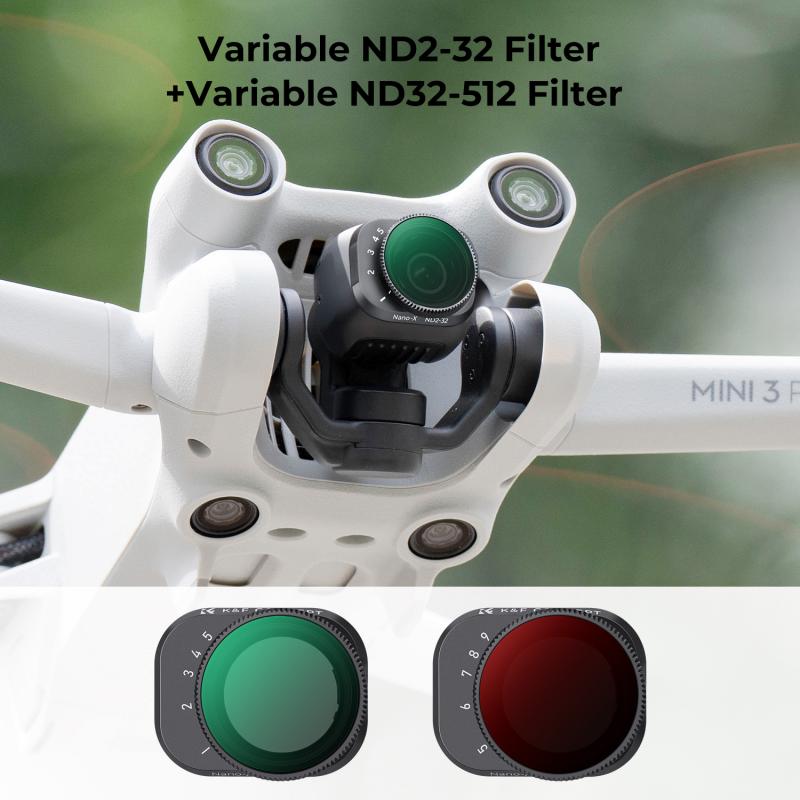
Types of ND filters for drones:
ND filters, or neutral density filters, are essential accessories for drone photography and videography. They help to reduce the amount of light entering the camera lens, allowing you to capture better quality images and videos. There are several types of ND filters available for drones, each with its own unique features and benefits. Here are some of the most common types of ND filters for drones:
1. ND4: This filter reduces the amount of light entering the camera lens by four stops. It is ideal for use in bright sunlight conditions, where you need to slow down the shutter speed to capture motion blur.
2. ND8: This filter reduces the amount of light entering the camera lens by eight stops. It is ideal for use in extremely bright conditions, such as on a sunny day at the beach or in the snow.
3. ND16: This filter reduces the amount of light entering the camera lens by 16 stops. It is ideal for use in very bright conditions, such as on a sunny day in the desert or on a glacier.
4. ND32: This filter reduces the amount of light entering the camera lens by 32 stops. It is ideal for use in extremely bright conditions, such as on a sunny day in the mountains or on a glacier.
5. Polarizing ND filters: These filters combine the benefits of an ND filter with a polarizing filter. They reduce the amount of light entering the camera lens and also help to reduce glare and reflections.
When choosing an ND filter for your drone, it is important to consider the lighting conditions you will be shooting in and the effect you want to achieve. The latest point of view is that ND filters are essential for capturing high-quality drone footage, and investing in a good set of filters can make a significant difference in the quality of your images and videos.
3、 Choosing the right ND filter for your drone
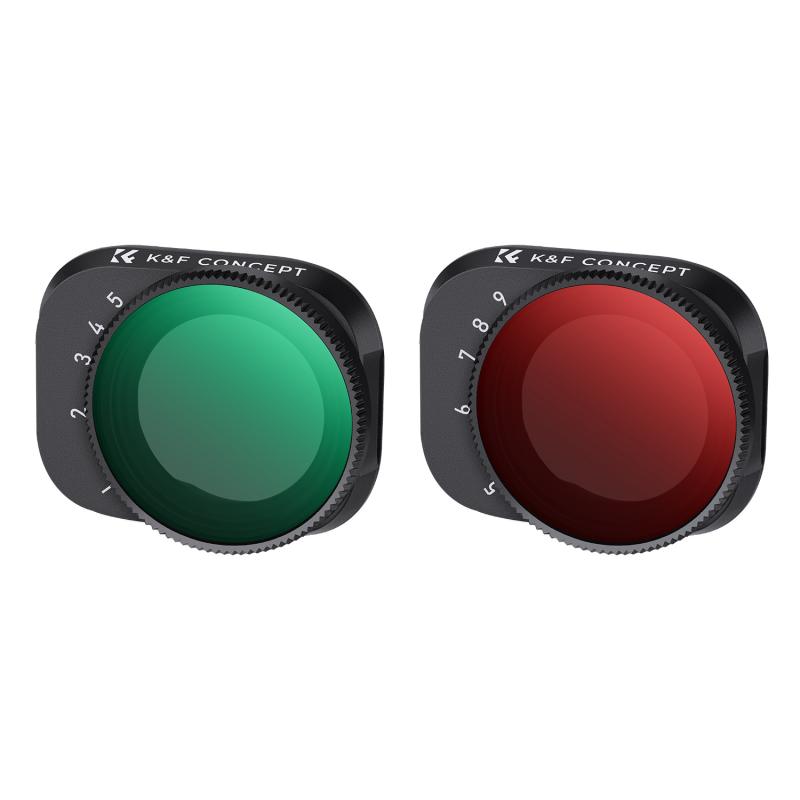
Choosing the right ND filter for your drone is crucial to capturing high-quality aerial footage. ND filters, or neutral density filters, are designed to reduce the amount of light entering the camera lens without affecting the color balance. This allows you to use slower shutter speeds and wider apertures, resulting in smoother and more cinematic footage.
When it comes to selecting the right ND filter for your drone, there are a few factors to consider. Firstly, you need to determine the amount of light reduction you require. ND filters come in different strengths, ranging from ND2 to ND1000, with higher numbers indicating greater light reduction. The strength of the filter you choose will depend on the lighting conditions you are shooting in and the effect you want to achieve.
Another important factor to consider is the size of the filter. Most drones have a camera with a fixed lens, so you will need to choose a filter that is compatible with your specific drone model. It's also important to choose a filter that is lightweight and won't affect the stability or flight time of your drone.
Finally, it's worth investing in high-quality ND filters from a reputable brand. Cheaper filters may produce color casts or reduce image sharpness, which can negatively impact the quality of your footage.
In summary, choosing the right ND filter for your drone involves considering the amount of light reduction required, the size and weight of the filter, and the quality of the filter itself. With the right filter, you can capture stunning aerial footage that will impress your audience.
4、 ND filter settings for different lighting conditions
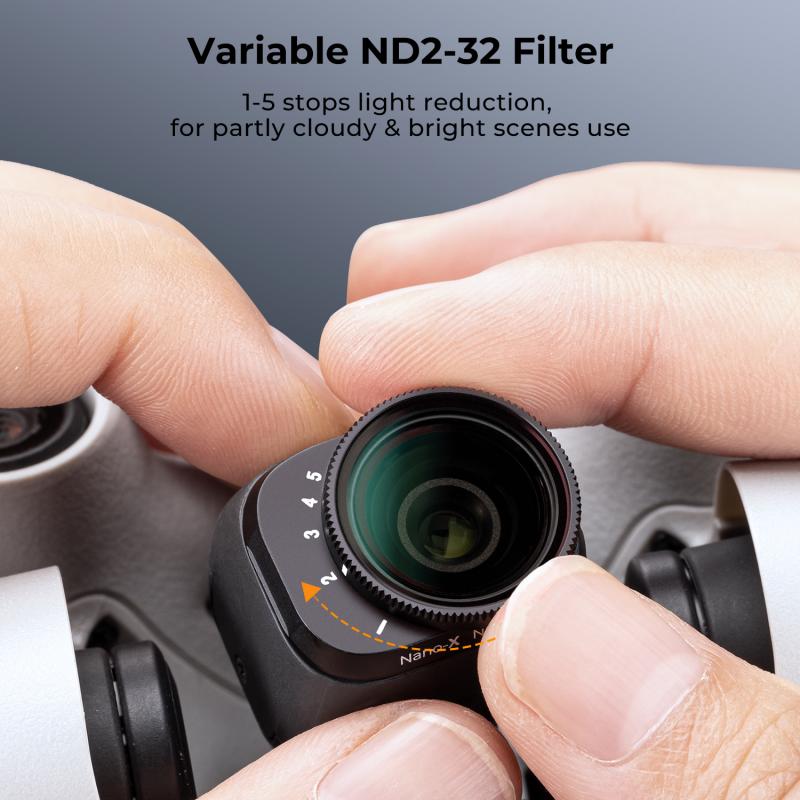
Which ND filter to use for a drone depends on the lighting conditions and the desired effect. ND filters come in different strengths, ranging from ND2 to ND1000, with ND2 being the lightest and ND1000 being the darkest. The general rule of thumb is to use a lighter ND filter in bright sunlight and a darker ND filter in low light conditions.
For example, if you are shooting in bright sunlight, an ND8 or ND16 filter would be appropriate to reduce the amount of light entering the camera and prevent overexposure. On the other hand, if you are shooting in low light conditions, an ND64 or ND1000 filter would be appropriate to allow for longer exposure times and capture more light.
It's also important to consider the desired effect when choosing an ND filter. A lighter ND filter will result in a shallower depth of field and a more blurred background, while a darker ND filter will result in a sharper image with more detail in the background.
In addition to the strength of the ND filter, it's important to consider the quality of the filter. Cheaper filters may introduce color casts or reduce image sharpness, so it's worth investing in a high-quality filter from a reputable brand.
Overall, the best ND filter settings for a drone will depend on the specific lighting conditions and desired effect. It's important to experiment with different filters and settings to find the best combination for your needs.



